Mameluke Sword
I have found a number of different sources that reference the Mameluke sword (above) as a Civil War weapon, but I can't find any sources actually speaking of its use during the war. I have found that it certainly was not a regulation sword during the war, but not all officers were slaves to regulations either...
So, you may be wondering why I am writing a page about a sword that may not have even been used during the Civil War. Well, first off, because I can, and secondly there is a great story behind the use of the sword by the US Marine Corps. Therefore, the possibility that it was used in the Civil War is enough for me.
In all fairness, I am sure someone used the Mameluke sword during the Civil War. It was the regulation sword for Marine Corps officers from 1825-1859. Surely, there were some officers, probably on both sides, who didn't want let go of the old style. Maybe? Well, that is what I'm going to go with!
Anyway, I promised a cool story, so here goes...
Origin Of The Mameluke Sword
The Marine Corps' Mameluke sword has its origins in the first recorded overseas land battle in which the United States was involved. In the early 1800's, US merchants were having problems with the Barbary pirates in the area of modern day Libya. A US naval force was sent to deal with the problem in 1801, and the First Barbary War was under way.
After the war had dragged on for a few years, William Eaton, the "Naval Agent to the Barbary States" landed in Egypt along with Marine First Lieutenant Presley O’Bannon and seven Marines. That's right, a total force of nine men.
The plan was simple. They would join up with the ousted ruler of Tripoli (a coastal state that is now part of modern Libya) who was then exiled in Egypt, gather a force of mercenaries, march 550 miles across the desert, and attack the fortress of Derne, Tripoli. No biggie, right?
After Hamet Karamanli (the ousted ruler) agreed to the plan, Eaton had him help secure a force of about 500 mercenaries. Unfortunately, they apparently didn't put a lot of thought into the men they hired, and failed to foresee the possible difficulties of having a force made up half of Greek Christians and half of Arab Muslims...
There was not peace and harmony in the camp. During the march (which only took 50 days!) there were a number of "disagreements." Eaton experienced a number of "mutinies" in which angry mercenaries would desert, but eventually he got everything under control and brought his force to Derne.
The Battle Of Derne
With a force of roughly 500, Eaton now needed to take a fortress held by close to 4,000 men. Luckily, he had the support of some US ships which bombarded the city to soften its defenses. Eaton then separated his forces, giving Hamet command of the Arab troops, while he and the Marines led the Greeks.
The two pronged attack worked well, and the city was taken. Eaton's troops suffered very few casualties (the Marines had 2 killed and 3 wounded, the Greeks had 9 killed, and the Arab casualties were unknown), but they inflicted heavy casualties on the defenders of Derne, leaving roughly 800 dead and roughly 1200 wounded.
Lieutenant O'Bannon led the attack against the walls of the fortress. When the artillery battery was taken, he raised the American flag over it. Because of his - and the other Marines' - bravery, O'Bannon was given a jeweled Mameluke sword by Hamet.
The sword was patterned after those worn by the famed Mameluke warriors of Egypt, and the style soon became popular among Marine officers. In 1825, the Mameluke sword became the regulation sword to be worn by Marine officers. That regulation stood until 1859 when those swords were put aside for a style more similar to that worn by Army foot officers. In 1875, the Mameluke sword was once more instated as the regulation sword for Marine officers.
So, was it actually a Civil War weapon? I'm not sure, but with all the places I've found it listed as a Civil War weapon; it would seem that surely it had to be used by at least some officers. If anyone has more information of its use during the Civil War, please let me know!
American Civil War Story - Home
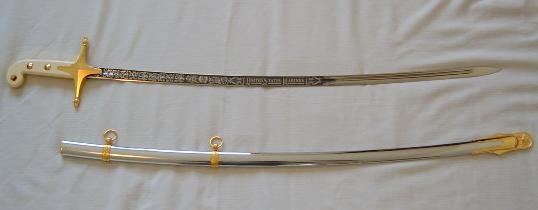
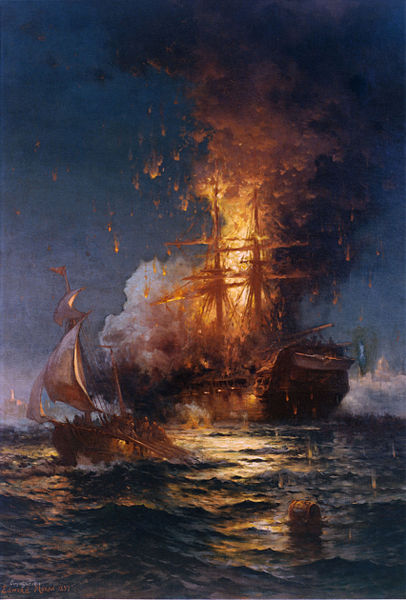
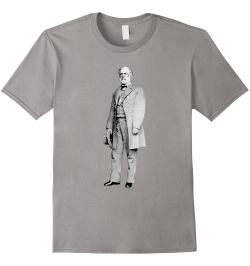
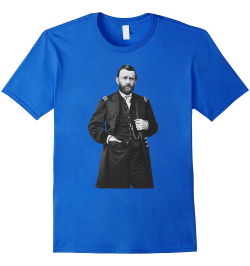

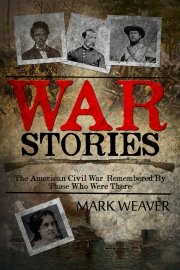

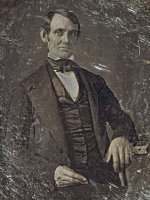
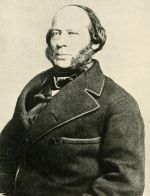
New! Comments
Have your say about what you just read! Leave me a comment in the box below.